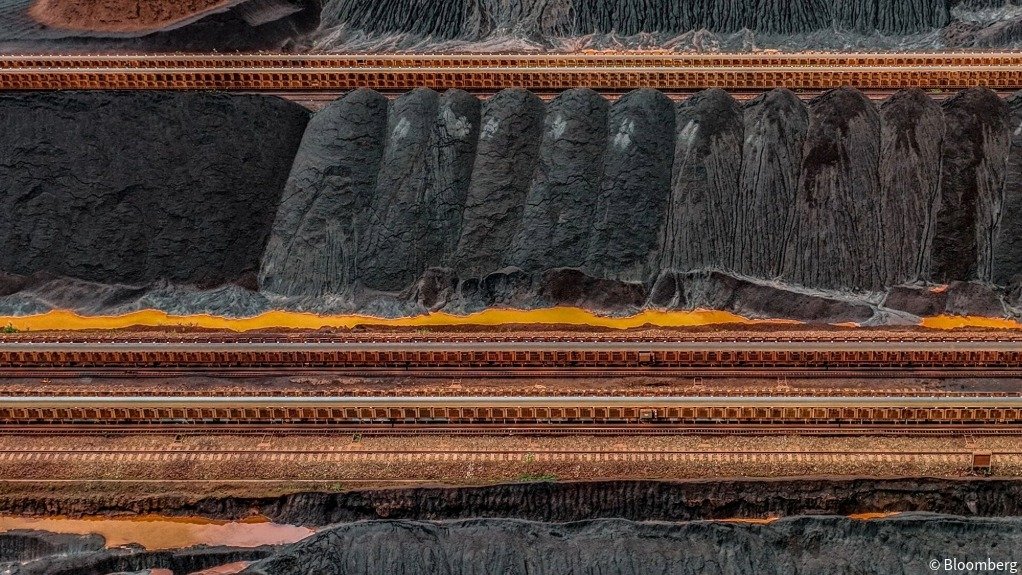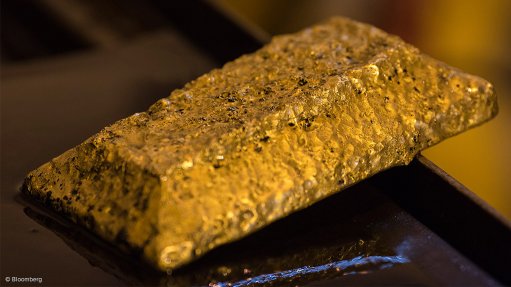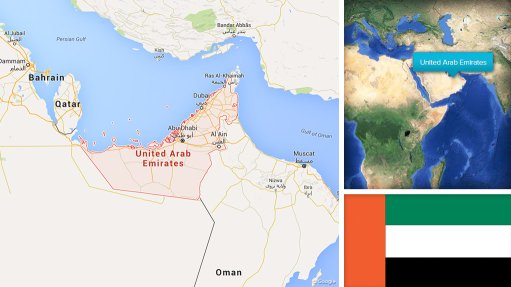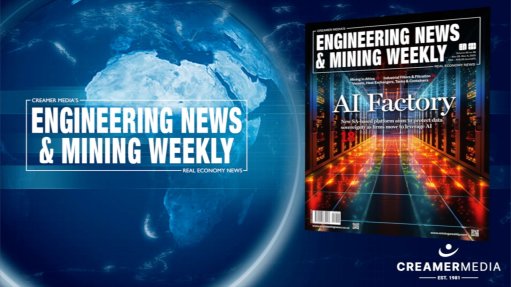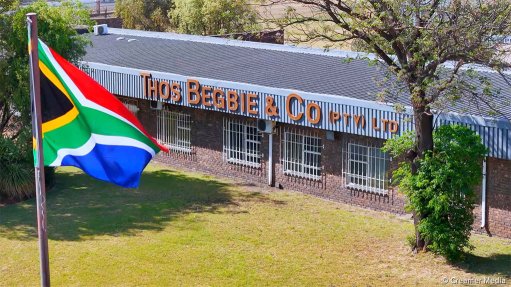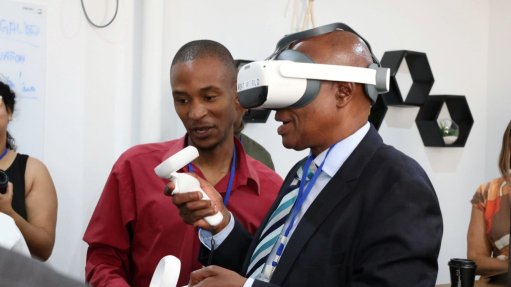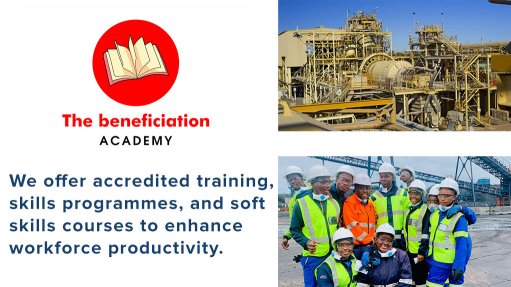Iron-ore prices to remain elevated in 2026, but upside limited – BMI
Fitch Solutions unit BMI expects iron-ore prices to settle at a yearly average of $95/t in 2026, slightly down from $97/t this year, as prices come under pressure from additional supply coming online from the Simandou project, in Guinea, while Mainland Chinese domestic demand remains weak on the back of the struggling construction industry.
While Mainland China’s domestic demand for steel and iron-ore remains weak, BMI highlights reduced appetite from Beijing for large-scale stimulus with the focus on boosting consumption, as opposed to supporting heavy industries, remaining unchanged, to the detriment of iron-ore.
The official China manufacturing purchasing managers index contracted for the seventh consecutive month to 49 in October, while new home prices remained in decline, the unit points out in its outlook for iron-ore prices report.
However, BMI expects prices to remain fairly supported by Mainland Chinese steel exports driven by easing trade tensions and a still resilient global economy, despite the upside being capped by environmentally induced steel production curbs in Mainland China.
Outside of China, steel production and thus demand for iron-ore also remained muted in January to October.
On the supply side, iron-ore production remains healthy across major miners, the report shows.
Iron-ore shipments and production broadly increased or remained largely unchanged for most majors, with miners aiming to maintain their production levels, despite early-year weather-related challenges.
LONG-TERM OUTLOOK
Looking beyond 2026, BMI expects iron-ore prices to follow a multi-year downtrend.
The unit maintains its view that iron-ore prices will consistently trend downwards, as cooling steel production growth and higher iron-ore output from global producers will continue to loosen the market.
In the long term, BMI forecasts prices to decline from an average of $95/t in 2026 to $78/t in 2034.
China’s slowing demand growth is expected to be the main driver of lower prices, a trend that is now already in its early stages.
A structural shift away from industrial, steel-intensive sectors towards services and less steel-intensive infrastructure will have a negative impact on iron-ore demand, BMI predicts.
It notes that this shift in China’s economic growth trajectory is expected to depress steel consumption and production growth rates.
“While domestic steel production was allowed to significantly outstrip steel demand over the past decade, with the resulting surplus exported, we expect production growth to be brought more closely in line with domestic consumption patterns in the coming years.
“Based on these forecasts, we expect China’s annual iron-ore consumption to peak before the end of the decade, while iron-ore demand across Asia more broadly will continue to grow, but at a very slow rate,” the unit indicates.
Consistent with this shift, BMI expects an increased focus on green or low-carbon steel globally, which requires much less iron-ore and is produced at electric arc furnaces, compared to the current blast furnace production model that requires high levels of iron-ore and coking coal, which is highly polluting.
The trend towards this poses further downside risks to BMI’s long-term iron-ore demand forecast, such that demand may peak sooner than it currently expects.
Risks to BMI’s current price outlook exist on both sides given current volatile economic conditions.
Iron-ore prices will head even lower than the unit’s current outlook if China’s economic momentum remains even weaker than expected.
On the upside, a stronger recovery in China’s property sector will be the major influencer driving demand and supporting iron-ore prices, BMI explains.
Supply constraints at producing mines could also push prices higher.
Unforeseen weather conditions, as well as labour and energy issues, could pressure key producing markets, including Australia and South America, the unit notes.
Article Enquiry
Email Article
Save Article
Feedback
To advertise email advertising@creamermedia.co.za or click here
Announcements
What's On
Subscribe to improve your user experience...
Option 1 (equivalent of R125 a month):
Receive a weekly copy of Creamer Media's Engineering News & Mining Weekly magazine
(print copy for those in South Africa and e-magazine for those outside of South Africa)
Receive daily email newsletters
Access to full search results
Access archive of magazine back copies
Access to Projects in Progress
Access to ONE Research Report of your choice in PDF format
Option 2 (equivalent of R375 a month):
All benefits from Option 1
PLUS
Access to Creamer Media's Research Channel Africa for ALL Research Reports, in PDF format, on various industrial and mining sectors
including Electricity; Water; Energy Transition; Hydrogen; Roads, Rail and Ports; Coal; Gold; Platinum; Battery Metals; etc.
Already a subscriber?
Forgotten your password?
Receive weekly copy of Creamer Media's Engineering News & Mining Weekly magazine (print copy for those in South Africa and e-magazine for those outside of South Africa)
➕
Recieve daily email newsletters
➕
Access to full search results
➕
Access archive of magazine back copies
➕
Access to Projects in Progress
➕
Access to ONE Research Report of your choice in PDF format
RESEARCH CHANNEL AFRICA
R4500 (equivalent of R375 a month)
SUBSCRIBEAll benefits from Option 1
➕
Access to Creamer Media's Research Channel Africa for ALL Research Reports on various industrial and mining sectors, in PDF format, including on:
Electricity
➕
Water
➕
Energy Transition
➕
Hydrogen
➕
Roads, Rail and Ports
➕
Coal
➕
Gold
➕
Platinum
➕
Battery Metals
➕
etc.
Receive all benefits from Option 1 or Option 2 delivered to numerous people at your company
➕
Multiple User names and Passwords for simultaneous log-ins
➕
Intranet integration access to all in your organisation



